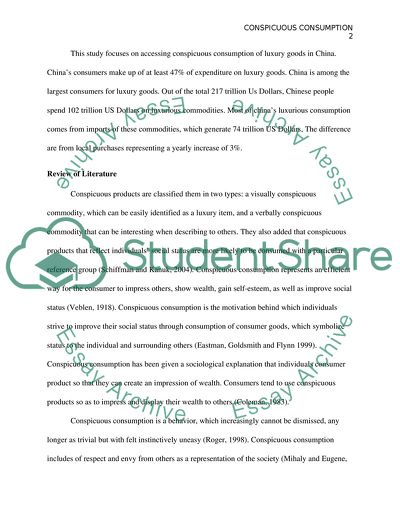Cite this document
(Conspicuous consumption Research Paper Example | Topics and Well Written Essays - 3750 words - 1, n.d.)
Conspicuous consumption Research Paper Example | Topics and Well Written Essays - 3750 words - 1. https://studentshare.org/macro-microeconomics/1805884-conspicuous-consumption
Conspicuous consumption Research Paper Example | Topics and Well Written Essays - 3750 words - 1. https://studentshare.org/macro-microeconomics/1805884-conspicuous-consumption
(Conspicuous Consumption Research Paper Example | Topics and Well Written Essays - 3750 Words - 1)
Conspicuous Consumption Research Paper Example | Topics and Well Written Essays - 3750 Words - 1. https://studentshare.org/macro-microeconomics/1805884-conspicuous-consumption.
Conspicuous Consumption Research Paper Example | Topics and Well Written Essays - 3750 Words - 1. https://studentshare.org/macro-microeconomics/1805884-conspicuous-consumption.
“Conspicuous Consumption Research Paper Example | Topics and Well Written Essays - 3750 Words - 1”. https://studentshare.org/macro-microeconomics/1805884-conspicuous-consumption.


